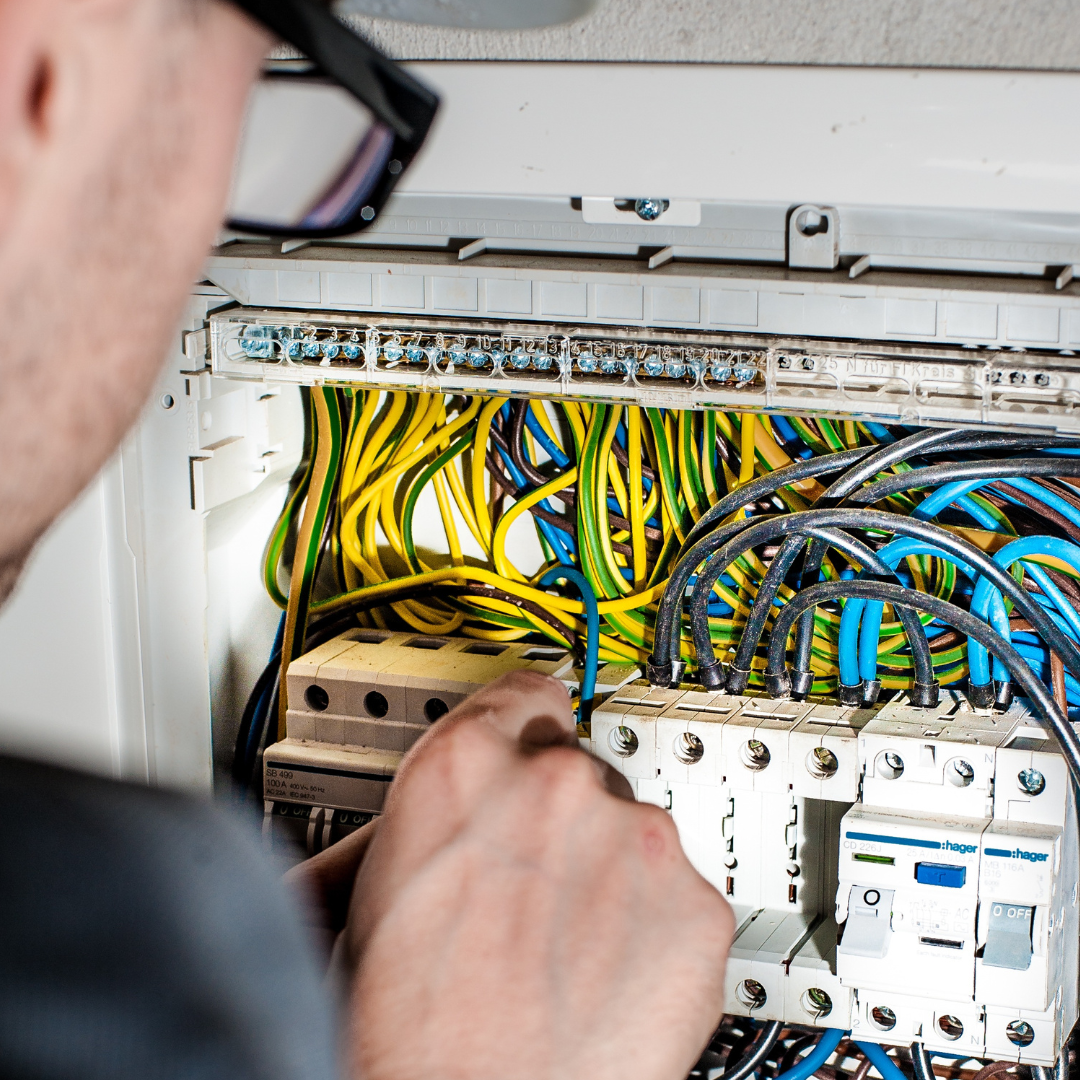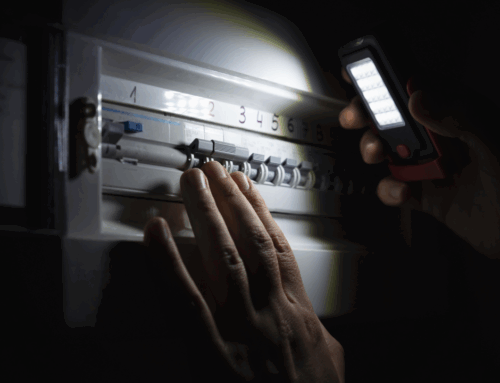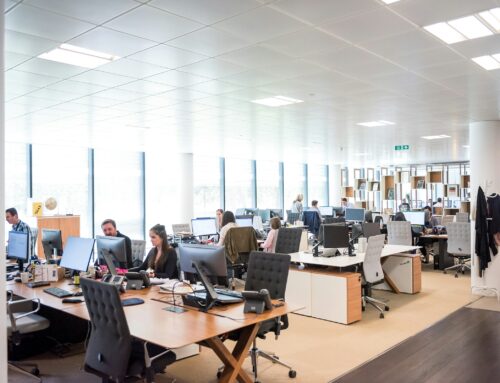When it comes to powering small commercial properties such as shops, offices, or small retail spaces, installing reliable and efficient small power circuits is essential. These circuits are designed to provide electricity to lighting, computers, office equipment, and other low-energy appliances that are vital to day-to-day business operations. Proper installation ensures both safety and functionality, making it crucial for business owners to work with a qualified electrician. In this article, we’ll provide top tips for installing small power circuits in small commercial properties.
1. Consult with a Professional Commercial Electrician
The first and most important tip is to consult with a professional commercial electrician before beginning any installation work. A qualified electrician will ensure that the small power circuits are designed and installed according to safety regulations and industry standards. They will also consider the unique power requirements of your property, helping to avoid overloading the circuits and ensuring that you have enough power for all of your electrical needs.
2. Understand the Power Load Requirements
Understanding the power load of your commercial property is critical when installing small power circuits. Power load refers to the amount of electricity that will be drawn by all the devices connected to the circuit. Overloading a circuit can lead to electrical failures, fires, and damage to equipment. Work with your electrician to determine the correct circuit size based on the total wattage of appliances and equipment that will be used in your business.
For instance, in a small office, computers, printers, and other office equipment will require a certain amount of power, while a retail store might need additional circuits to accommodate lighting, point-of-sale systems, and refrigeration units. Your electrician can calculate the total load to determine the necessary circuit size and configuration.
3. Plan for Future Expansion
As your business grows, so will your electrical needs. When installing small power circuits, it’s important to plan for future expansion. Even if your current power needs are minimal, installing circuits with extra capacity allows you to accommodate future equipment or additional lighting without the need for a complete system overhaul.
Discuss with your electrician how many extra outlets or circuits you may need in the future and ensure that your electrical system can be easily upgraded when required. This proactive planning can save both time and money in the long run.
4. Ensure Proper Circuit Sizing
Proper circuit sizing is key to the safe and efficient operation of small power circuits. Undersized circuits may overheat and cause damage, while oversized circuits can be inefficient and increase your energy consumption. Your electrician will choose the correct wire gauge and circuit breaker size to match the load of the equipment. This is an essential step in preventing electrical hazards and improving energy efficiency.
5. Install Sufficient Outlets and Power Points
Adequate outlets are necessary to ensure that all electrical equipment in your commercial property can be powered effectively. Overloading a single outlet by plugging in too many devices can cause power surges, circuit breaker trips, and potential damage to equipment. A professional electrician will ensure that your property is equipped with sufficient outlets strategically placed where they are needed.
Consider the layout of your commercial space when planning the installation of small power circuits. For example, a retail space may need multiple outlets near display counters, while an office may require outlets near workstations and common areas. It’s essential to provide easy access to power without the need for extension leads.
6. Consider Energy Efficiency
Energy efficiency is a significant concern for most businesses today. Installing small power circuits in a way that maximises energy efficiency can reduce your utility bills and contribute to a more sustainable business. Your electrician can advise on energy-saving options, such as LED lighting and energy-efficient appliances, which can be connected to your small power circuits.
Additionally, you might want to consider smart power strips or devices that allow you to monitor energy usage and turn off equipment when not in use. This can help reduce energy waste, lower operational costs, and extend the life of your equipment.
7. Test the Installation Before Use
Once the installation of the small power circuits is complete, it’s important to thoroughly test the system before use. A professional electrician will conduct thorough testing to ensure everything is working as expected and that all safety features are functioning properly. They will check that circuit breakers are operating correctly and that all outlets are properly wired to avoid potential hazards.
8. Regular Maintenance and Inspections
After the installation, ongoing maintenance and periodic inspections are necessary to keep the small power circuits in good condition. Over time, wear and tear, faulty connections, and other issues can affect the performance of your electrical system. Regular inspections by a professional electrician can help identify potential problems early on and prevent costly repairs.
Conclusion
Installing small power circuits in small commercial properties is a vital part of ensuring that your business runs smoothly and safely. By consulting with a professional electrician, understanding your power load requirements, planning for future expansion, ensuring proper circuit sizing, and maintaining energy efficiency, you can create a reliable electrical system that supports the demands of your business.
With the right installation and ongoing maintenance, your small power circuits will not only provide the necessary power to your equipment but also improve the safety, efficiency, and long-term sustainability of your commercial property.







Leave A Comment